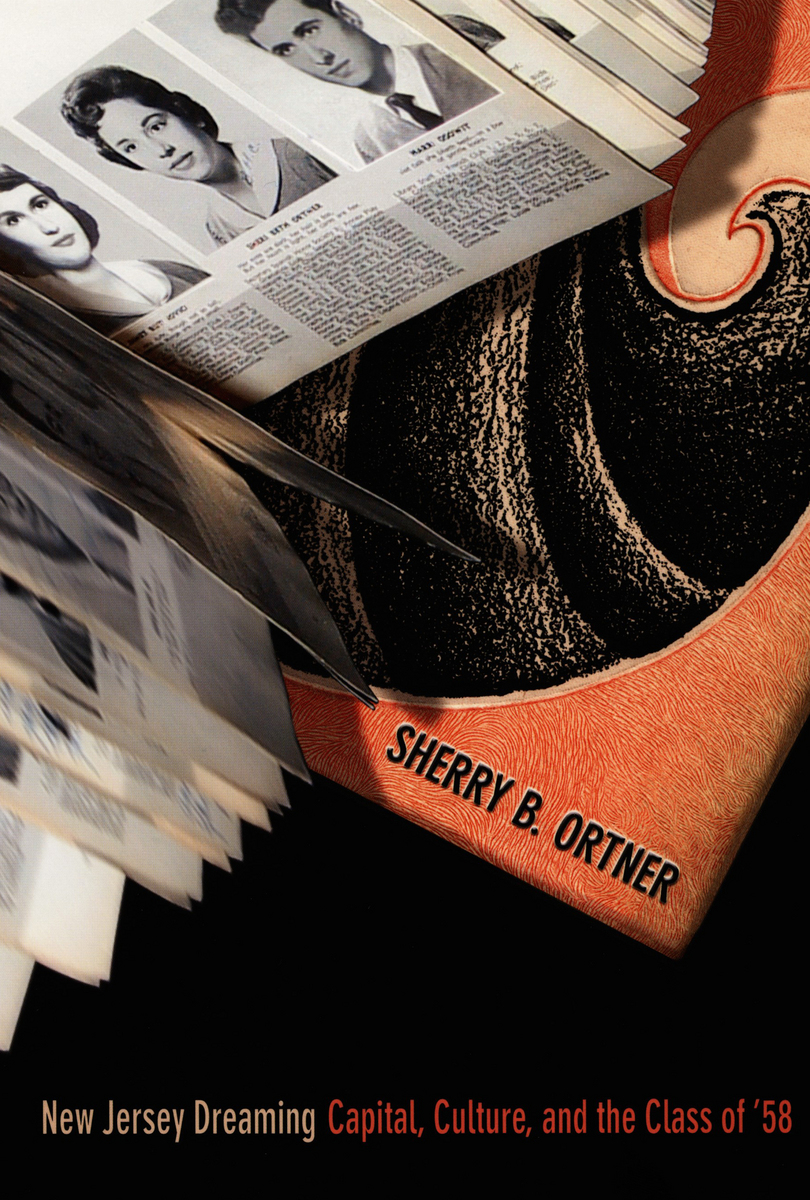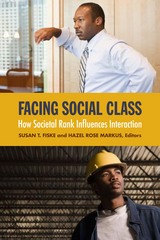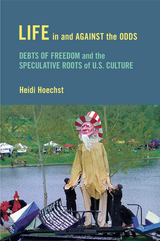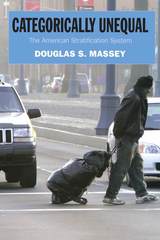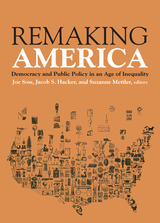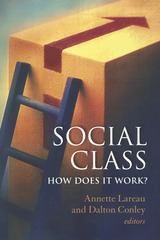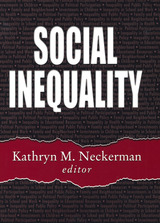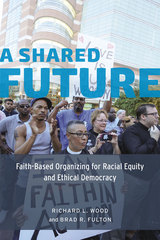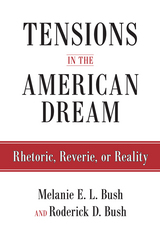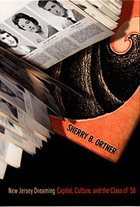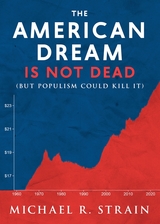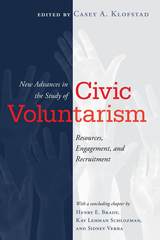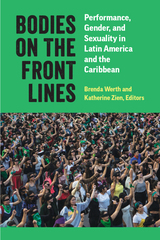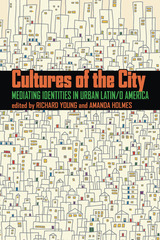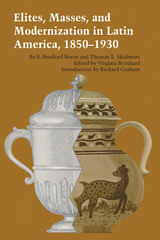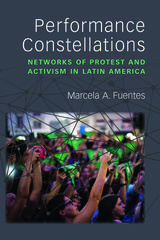"For thirty years [Ortner] has studied gender and social and cultural theory, helping invent the field of feminist anthropology. . . [In New Jersey Dreaming] Ms. Ortner vividly captured those days when girls took home economics and boys took shop. . . ."
-- Felicia Lee New York Times
"Ortner is an entertaining writer with a strong personal voice. . . ."
-- Elaine Showalter American Prospect
"[Ortner] convincingly argues that her classmates' success is not only a function of their work ethic and the level of acceptance of the dominant culture's value system, but also a function of how well they are able to benefit from their other group memberships. Recommended."
-- G. Rabrenovic Choice
"New Jersey Dreaming is consistently cogent, thought provoking and just plain fun to read. Because of the accessibility of the subject matter and the lucid descriptions of anthropological method and theory, I highly recommend this book for classroom use."
-- Michael Chibnik American Ethnologist
"Written by one of the most proficient anthropologists today, New Jersey Dreaming is an exemplar of the possibilities and limitations of multi-sited ethnography. It also is a fine contribution to the ethnography of schools and of class and socio-economic mobility in America. . . . Ortner's deft touch with both theory and method makes for a very readable and accessible book."
-- Marilyn Silverman Canadian Review of Sociology and Anthropology
"This is a lovely and interesting book. . . . [I]t offers valuable insights into class, race, ethnicity, gender, education, and friendship."
-- Lynne Pettinger Ethnic and Racial Studies
"Ortner's book is a valuable contribution to the study of the role of class in contemporary America. New Jersey Dreaming is a tour de force exposition of the premise that class is not some natural object lying around in the world but is culturally or discursively constructed."
-- J. Brian Sheehan American Studies International
"New Jersey Dreaming is a distinctive and theoretically rigorous cultural analysis of class mobility that challenges the disciplinary apartheid in which anthropologists have tended to concede the study of U.S. social mobility and society to sociologists and historians. It offers a theoretical and methodological map of this terrain and will be a standout among books devoted to social change and class inequality."
-- France Winddance Twine Current Anthropology
"[E]xceptionally interesting . . . . [A]n important and genuinely innovative book. . . . New Jersey Dreaming is a real achievement in the study of American society. It offers a complex analysis that is a wonderful model for the study of class and culture, and it is a truly pioneering work in the ethnographic study of these critical features of American society."
-- Riv-Ellen Prell Jewish Quarterly Review
“Ortner’s book is what anthropology is at its best: an exploration of everyday life (whether old or new) and an analysis that uncovers life’s layers of subjective meanings and relations between them. Even more exciting, and perhaps more challenging for Ortner, is that New Jersey Dreaming is a book about an anthropologist’s own ‘culture,’ one’s own ‘nativity,’ so to speak.”
-- Linwood H. Cousins Journal of the Royal Anthropological Institute
“Ortner’s engaging ethnography of the class of 1958 lays bare a fascinating slice of recent American life and shows convincingly how it participated in the larger movements of contemporary history.”
-- William H. Sewell, Jr. American Journal of Sociology
“Ortner is an accomplished and polished writer. The prose is clear and lucid yet vibrant. This is not a dry account of data collected and analyzed. It is a rendition of a time and place in New Jersey without the nostalgia, but with respect and a certain sense of affection. I would recommend this text not only for the professional, but as a teaching volume. This is how good ethnography is done.”
-- Kathleen Shapiro H-New Jersey, H-Net Reviews
